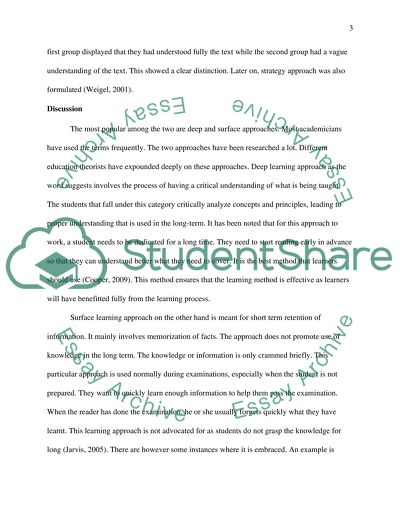Cite this document
(“Exploring Learning Essay Example | Topics and Well Written Essays - 2000 words”, n.d.)
Retrieved de https://studentshare.org/education/1473859-exploring-learning
Retrieved de https://studentshare.org/education/1473859-exploring-learning
(Exploring Learning Essay Example | Topics and Well Written Essays - 2000 Words)
https://studentshare.org/education/1473859-exploring-learning.
https://studentshare.org/education/1473859-exploring-learning.
“Exploring Learning Essay Example | Topics and Well Written Essays - 2000 Words”, n.d. https://studentshare.org/education/1473859-exploring-learning.


